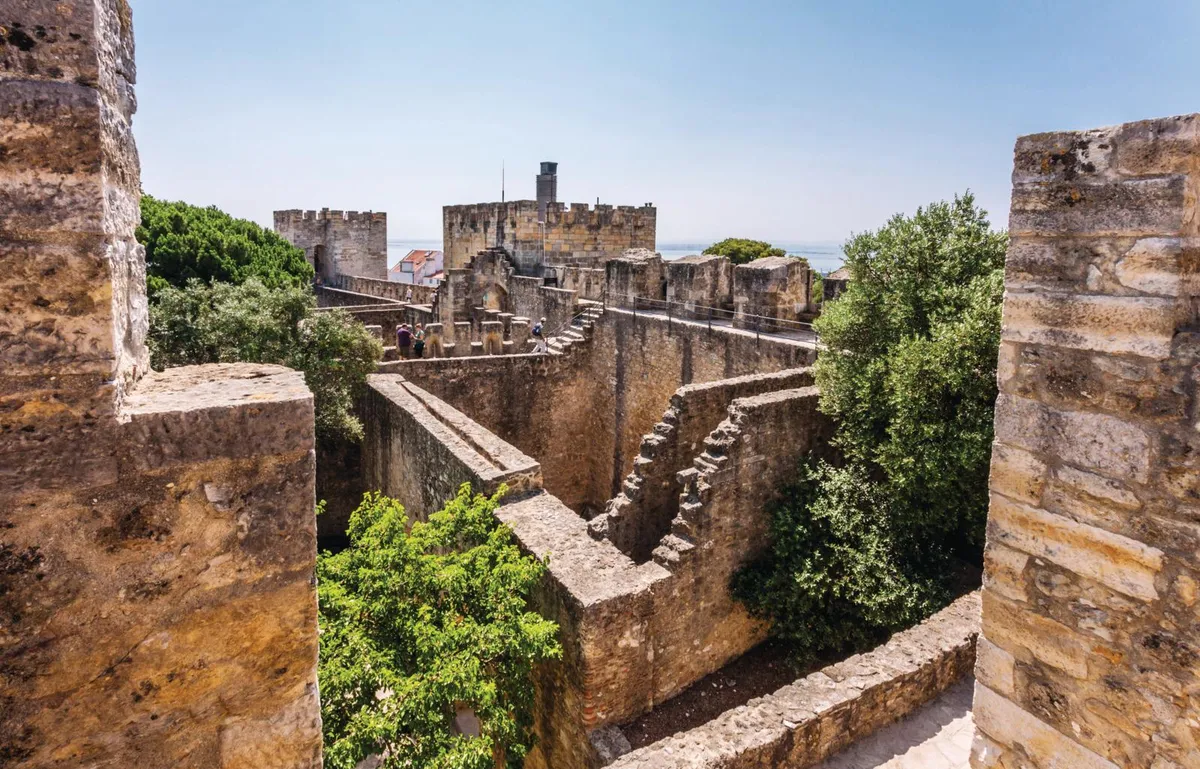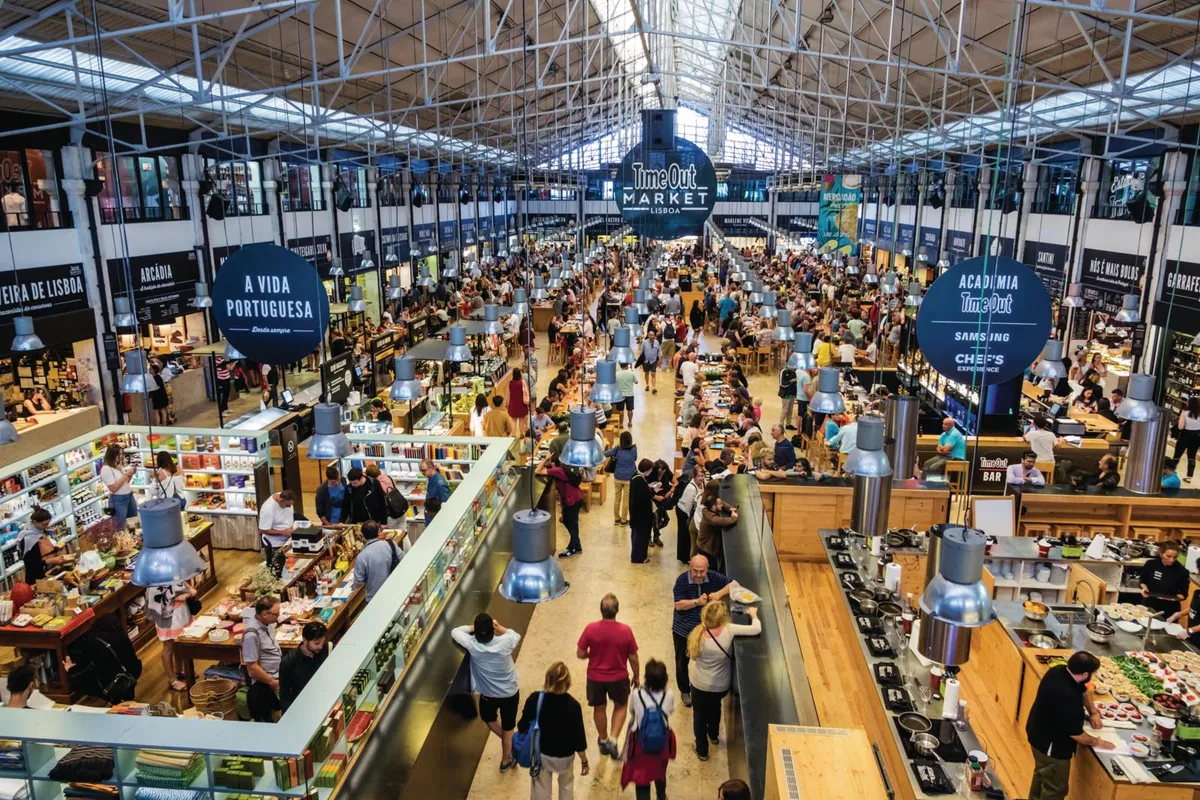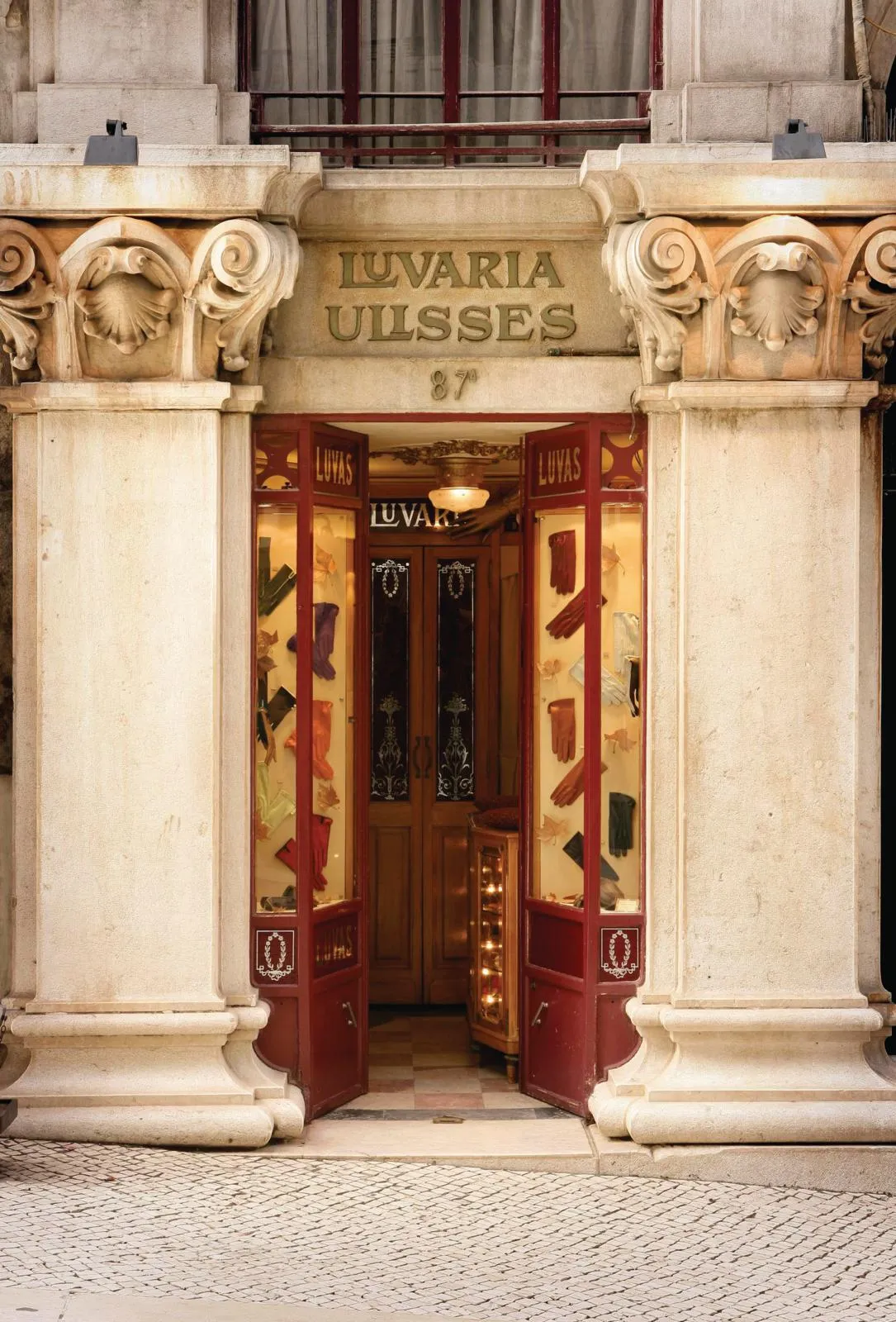Built across seven sprawling (and deceptively steep) hills, the coiling, cobbled streets of Lisbon are a mecca for lovers of history and creativity. Imagined four centuries before the construction of Ancient Rome, Lisbon stands as one of Europe’s oldest capital cities – and rose to glory during the Portuguese Renaissance, when it became a thriving hub of trade, culture, art and technology.
The artefacts of this creative revolution endure, and Lisbon is a sightseers’ paradise of ornate, tile-clad buildings, expansive plazas and historical monuments, plus it has a delectable array of creative delights from the 21st century, including artisan restaurants, boutique shops and interactive museums. This whistle-stop tour of the city offers key hotspots – including two UNESCO World Heritage sites – traditional eateries, antiques-hunting haunts and plenty of pastéis de nata…
What to do in Lisbon

Start your day at The Rossio, one of Lisbon’s most famous squares in the depths of the old town. Admire the column of King Pedro IV and the neoclassical façade of the Dona Maria II National Theatre while soaking up the relaxed vibe.
A three-minute walk away is the Elevador de Santa Justa, a sculptural, early-20th-century mechanical lift offering spectacular views of the city. Once integral to Lisbon’s transport system, connecting the lowest and highest points of the city, it is now a popular tourist attraction. A return ride with entrance to the viewing platform costs €5.30. For a mid-morning snack, stop in at acclaimed pastry shop Pastelaria Alcôa for a traditional pastel de nata (Portuguese custard tart).
The surrounding cobbled streets are a maze of quirky shops and restaurants, and we recommend a visit to A Vida Portuguesa – supporting only authentic and heritage Portuguese brands, it’s a great spot to pick up a memento. A 20-minute walk away, Solar Antiques is a must-visit for decorative curios and reclaimed tiles.
Or, cultural fix the MUDE – Museu do Design e da Moda is just a 10-minute walk away. Although temporarily closed for renovations, it’s due to reopen soon and will showcase couture fashion and iconic furniture from designers such as Christian Dior and Charles Eames.
Hop on the E15 tram at AlcântaraMar towards Belém. Trams are frequent and a single fare costs €3. Once there, explore two UNESCO World Heritage sites: the 16th-century Belém Tower and the vast Jerónimos Monastery. Entry to Belém Tower costs €6, while a visit to the monastery cloisters costs €10.
You might also like lesser-known cities to visit in Belgium
What to see in Lisbon

For a splendid view of the Tejo Estuary, head towards the Praça do Comércio, one of Lisbon’s most spectacular plazas. Historically the gateway to the city, it was originally a bustling centre for local tradespeople. Now, it’s a fabulous spot for a photo opportunity and a handy transport hub for the city tram system and the ferry that crosses the Estuary.
If you’re in need of sustenance, head south on Praça do Comércio, along the waterfront, towards Cais do Sodré (around 15 minutes) to the Time Out Market Lisbon. Once a 19th-century market hall, this gathering of vetted food stalls, restaurants and bars offer an array of delicious Portuguese produce. Classic Bacalhau à Brás (shredded salt cod with onions and thin fried potatoes), followed by a scoop of artisan gelato, makes for the perfect afternoon pick-me-up.
To enjoy sweeping views of the city at dusk, brave the steeply climbing medieval streets towards Alfama, once the historic heart of Lisbon. Be sure to wear good shoes, as the cobbles can be slippery! Catch a glimpse of the 11th-century Moorish Castelo de São Jorge before dinner at one of the number of informal, traditional restaurants nearby that offer good food and live music at reasonable prices.
For an afternoon stroll in the sunshine, away from the hustle and bustle of the tourist attractions, the Jardim Botânico Tropical is a labyrinth of tropical plants arranged into elegant gardens with lakes, statues and seating areas, which costs just €2 to visit. Finish your trip with a return ride to the centre on the E15 tram.
Where to eat in Lisbon

For an informal brunch spot, head to the west of Lisbon towards Lx Factory. Once home to one of Lisbon’s most prolific textile companies, the abandoned factory site has now been rejuvenated into a magnet for trendy restaurants, shops and businesses. The Therapist offers wholesome, organic breakfast options (plus massages and nutritional evaluations, if you’re so inclined) while Landeau Chocolate is famed for its spectacular cakes.
Nearby is Pastéis de Belém. Named after the pastel or pastéis de nata, originally created by monks at Jerónimos Monastery, it’s the perfect spot to sample Portugal’s famous custard tarts, along with a lunchtime quiche or sandwich.
You might also like how to spend a weekend in Paris
Where to stay in Lisbon

Torel Palace
Two mansions have been converted into a 26-room hotel with period features and vintage furniture, surrounded by a garden with pool. From €210 per night. torelboutiques.com
The Vintage Hotel & Spa
Each of the 56 rooms (from €180 per night) are decorated in rich hues of green and navy, with sleek contemporary and vintage touches. Don’t miss the subterranean spa… thevintagelisbon.com
Dear Lisbon Charming House
This converted home has 20 rooms, each offering a taste of authentic Lisbon lifestyle from €120 per night. The hotel is small, but delightfully formed. dearlisbon.com
Where to shop in Lisbon

Livraria Bertrand
Founded in 1732, Livraria Bertrand is known as the world’s oldest bookshop, and has remained a favourite haunt of intellectuals and creatives throughout history.
Luvaria Ulisses
This tiny boutique shop has the same decor as it did when it was founded in 1925, and is dedicated to the sale of handmade leather gloves.
Loja Das Conservas
Seafood is integral to the Portuguese diet, and this stylish store pays homage to the ancient craft of canning fish. Pick up a bright, retro-style tin for the perfect hand luggage-friendly piece.
